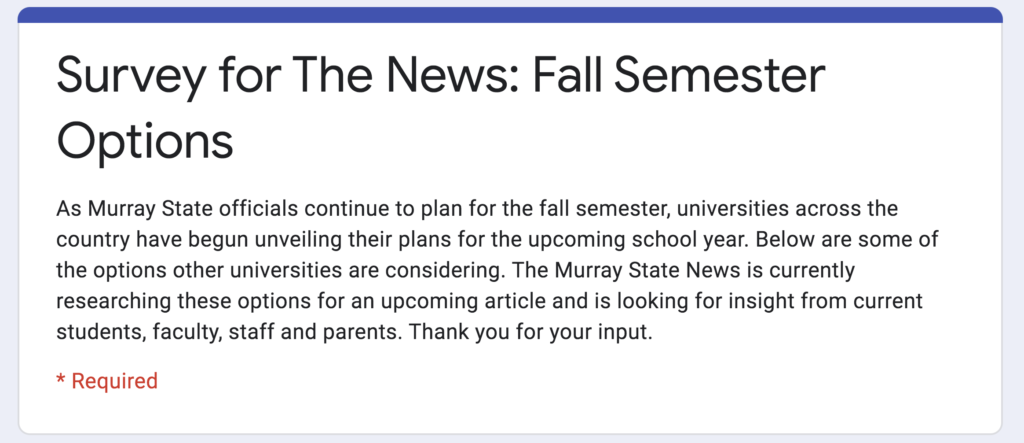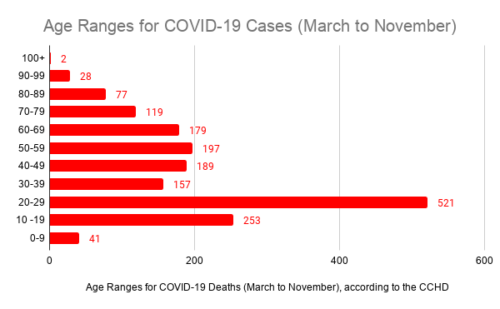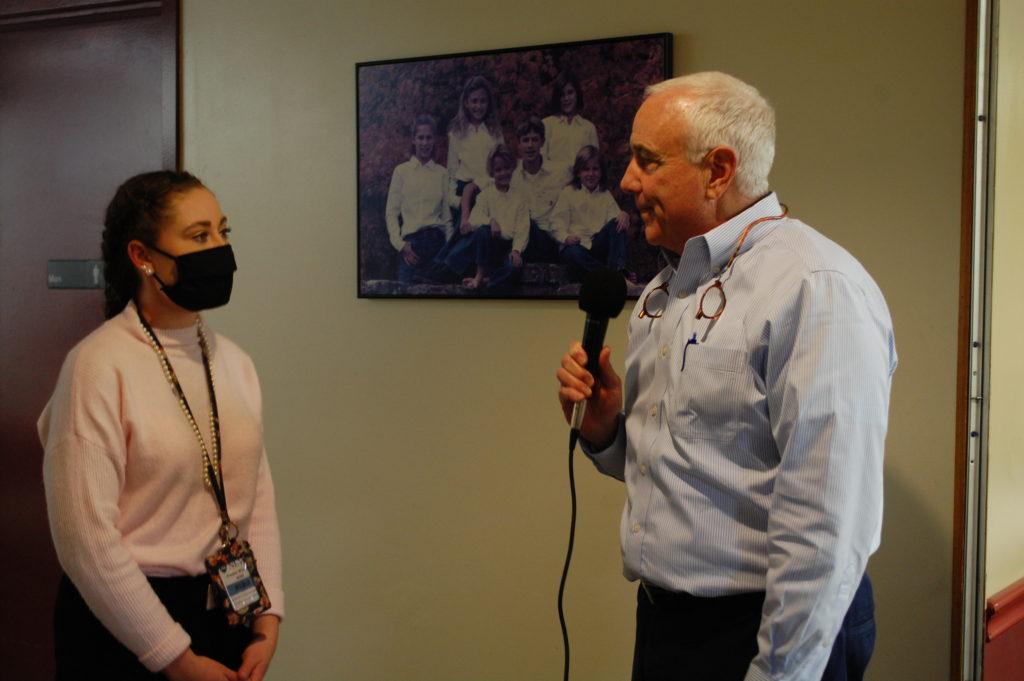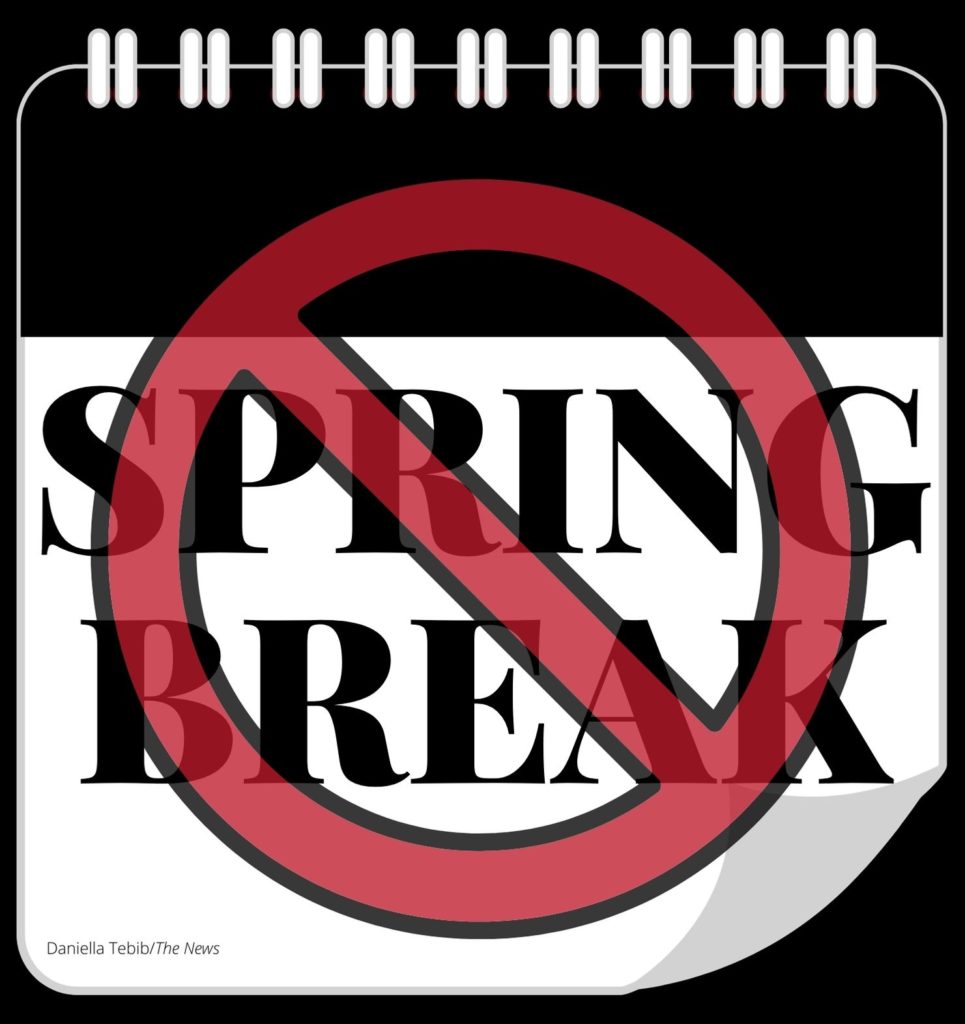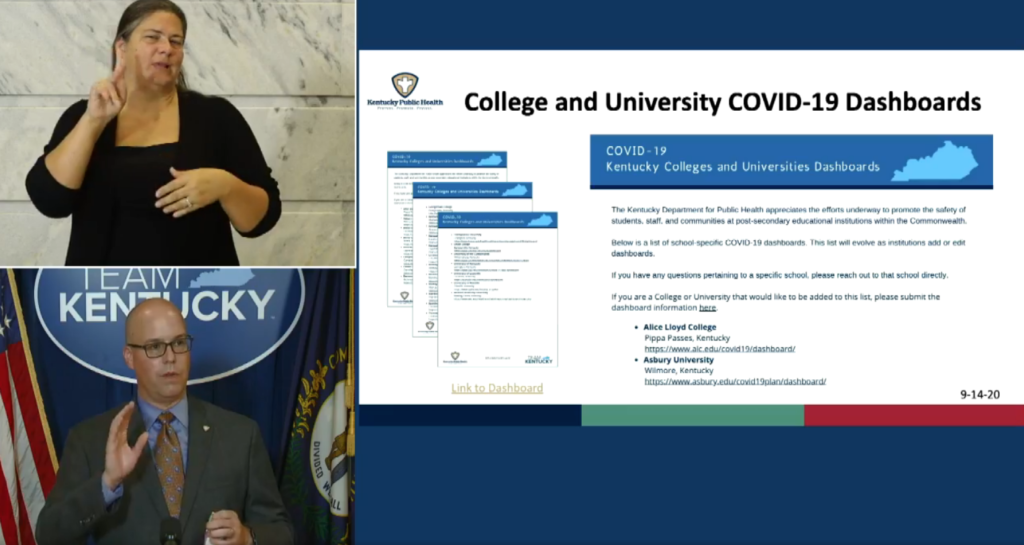Daniella Tebib
News Editor
dtebib@murraystate.edu
Paige Bold
Contributing Writer
pbold1@murraystate.edu
Murray State students and faculty want to return to campus for a traditional fall semester with in-person classes, according to a survey conducted by The News.
More than 800 people took the survey between May 29 and June 1 with 61.6 percent of students voting in favor of a traditional semester. However, 14.7 percent want to return to classes with a hybrid model where classes will be in-person and online, and 11.4 percent of students and parents want classes to move completely online. Leaving 6 percent of students wanting the semester to start earlier than usual, and 5 percent wanting a delayed start. The following 1.3 percent of students voiced their opinion on how campus should operate.
The survey also asked about concerns regarding the upcoming semester. Among the responses, many students said they are worried about the Centers for Diseases Control and Prevention guidelines being followed, the quality of their education and on-campus events.
“If we continue online learning I am afraid of not receiving the same quality of education I would receive when attending class in person,” one comment read. “I would like to go back to school and attend school like it was any other semester instead of worrying over complicated schedules.”
Comments varied from concerns about Greek life to being able to complete required actions for their major.
“That if we have online classes, the teaching method will be as bad as it was a couple months ago,” another comment read. “Majority of my classes were not designed to be online, and I just got loaded with work and teaching myself information.”
Shawn Touney, director of communication, said the University is working to ensure there is a good mix of course delivery options among all departments, including in-person, hybrid, online and hyflex. By using the hyflex method, instructors and students will be able to communicate easily throughout the semester. The hyflex method contains the components of a hybrid teaching method while also maintaining flexibility.
“We are in a new normal academic environment, and through the Racer Restart plan, are proactively assessing and determining the necessary actions to have the very best fall semester,” Touney said.
Some mathematics courses for the fall semester are already listed as “Zoom” in the schedule of classes in MyGate. Touney said these are synchronous in that they are taking place at a particular day and time, whereas truly online courses allow students a more flexible format. He did confirm however, that Zoom courses will not carry an online fee.
The Board of Regents at Western Kentucky University voted during its May 27 meeting to not only keep tuition at the current level for the upcoming academic year, but to waive all online course fees for full-time students.
“Online course fees are currently part of our tuition and fee structure,” Touney said. “We continue to work hard in ensuring a quality, best-value education for our students and families as Forbes, Washington Monthly and others have noted within the past year. A significant recent example is the decision, made over a month ago, to maintain our current tuition rate as opposed to a tuition increase for the 2020-2021 academic year.”
The University has released the Racer Restart Initiative and its three-phase plan for the return in the fall.
“Racer Restart plan consists of approximately 200 faculty, staff and students who meet regularly and are currently working through a comprehensive, phased campus restart plan in consultation with state officials, healthcare professionals and other necessary agencies to ensure the safety of our campus and broader community,” Touney said.
On Monday, June 1, Murray State entered phase 1 of the restart process to reopen campus for the fall.
“Phase I is primarily a period of planning and preparation, with a few employees returning to campus, as needed,” according to the website. “Your immediate supervisor, with your vice president/President’s Office approval, will direct the process of your return to campus as it relates to the needs of your office/department/college or school.”
The University will begin implementing changes in accordance with the CDC and Gov. Andy Beshear as a part of phase 2 on July 6. However, specific details for the next phases have not yet been released. President Bob Jackson said after the implementation of changes, the University hopes to enter phase 3 on Aug. 1 to return to a new normal on campus.
“This does not mean everyone is returning to campus on June 1, 2020,” Jackson said. “What it does mean is that we will begin the slow and intentional process of restarting our campus in preparation for the Fall 2020 semester with several changes and tweaks to ensure the health, safety and well-being of our faculty, staff, students and the greater community.”
The CDC has released a set of guidelines for institutions of higher education to consider when planning to reopen in the fall semester.
“Implementation should be guided by what is feasible, practical, acceptable, and tailored to the needs of each community,” according to the CDC website.
Various activities are listed on the site by lowest risk, more risk and highest risk. A return to a typical traditional semester with full-sized in-person classes, activities and events would be considered the highest risk by the CDC. The second tiered, or “more risk” suggestion is small in-person classes and events such as hybrid virtual and in-person classes or staggered/rotated scheduling where students can be at least 6 feet apart.
Housing is another concern for students because they are often in close proximity to a number of others. The lowest risk option for on-campus housing, according to the CDC, is for residence halls to remain closed. The more risk option is to open at a lower capacity and close common areas. The CDC places reopening at full capacity including shared spaces in the highest risk category.
The CDC also provided several precautionary measures for university administrations to consider from encouraging hand washing and masks wearing to promoting reduced attendance at events that can’t be held virtually and allowing telework where possible.
The full set of guidelines recommended by the CDC can be found here.
It is ultimately left up to state and local health officials to decide which guidelines to follow.
The Board of Regents will meet on Friday, June 5 to discuss the plans for the fall semester. The News will share the live stream on our social media pages and have a full recap on TheNews.org following the meeting.



























































































